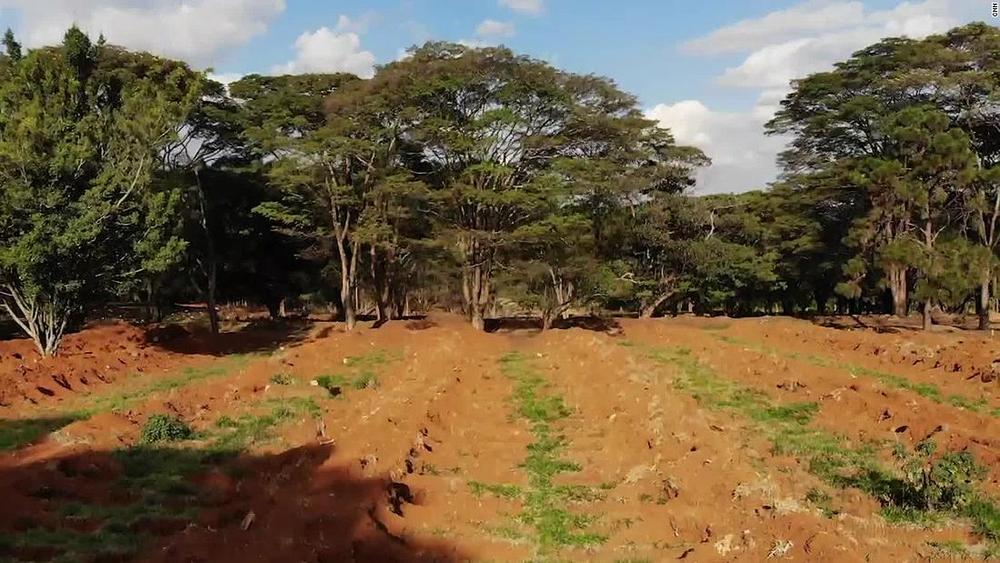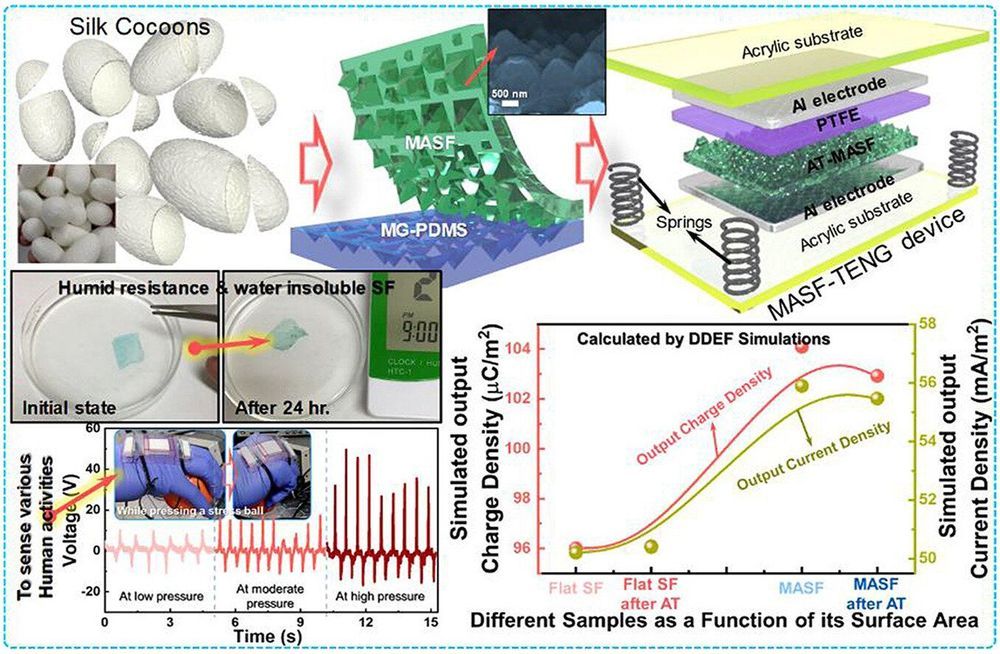Ever wondered what AI could be used for in games? We sure have. A lot. There are hundreds, if not thousands, of possible use cases for machine learning and artificial intelligence in game development. Yet despite letting our imaginations run wild, we are still blown away by what a team of researchers from Nvidia have achieved today: a functioning AI that can replicate Pac-Man with nothing more than pixels and key presses.
The generative adversarial network (GAN) outlined in the research paper, nicknamed GameGAN, is capable of taking pixel and input data from a videogame and recreating a like-for-like carbon copy. It does so without an underlying engine—the AI actually generates a new frame for every on-screen event based on those before it, player action, and a hint of environmental randomness.
Its first task was building the videogame classic Pac-Man—today marks the videogame’s 40th anniversary. Don’t be deceived by its simplistic appearance, either. Even a game such as Pac-Man, which is a far-cry from the complexity of today’s AAA titles, makes for a daunting task. That’s because in order to build the game the AI must first understand its rules.





